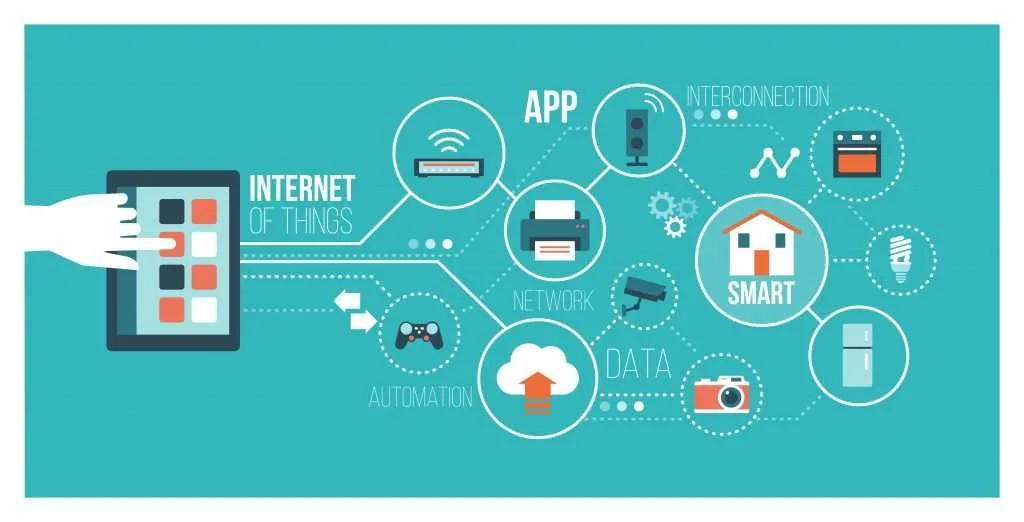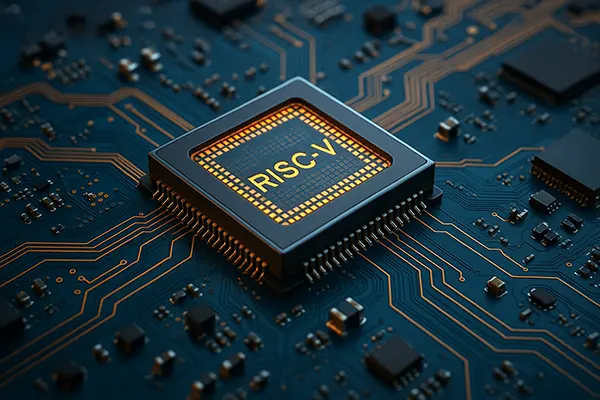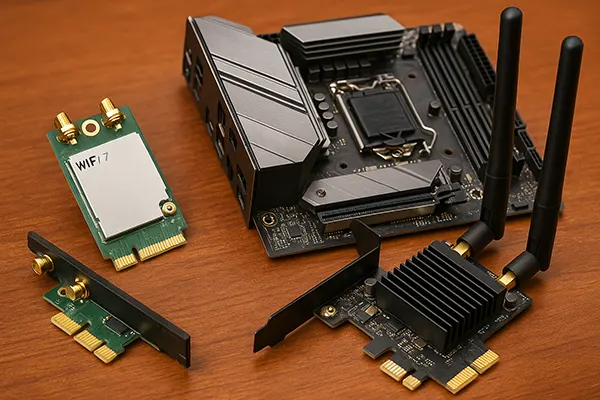
The Evolution of Internet Technologies: A Historical Overview
The internet, an indispensable part of modern life, has a rich history marked by innovation and evolution. From its humble beginnings to the sprawling network we rely on today, the journey of internet technologies is a testament to human ingenuity and progress. This article delves into the key milestones and developments that have shaped the internet as we know it.
Birth of an Idea
The inception of the internet can be traced back to the 1960s when the concept of a decentralized communication network was first proposed. This visionary idea sought to connect computers across different locations, enabling seamless data exchange and collaboration. In the late 1960s, the United States Department of Defense initiated ARPANET, laying the groundwork for what would become the modern internet.
First Steps
The 1970s witnessed significant progress in internet development, with the establishment of protocols and standards to facilitate communication between diverse computer systems. TCP/IP, a fundamental protocol suite, was introduced to enable data transmission across interconnected networks. These foundational technologies paved the way for the internet to expand rapidly in the ensuing decades.
Protocols and Standards
The 1980s marked a period of refinement and standardization in internet protocols. The adoption of TCP/IP as the standard communication protocol laid the foundation for the interconnected network of networks that we know as the internet today. Additionally, the Domain Name System (DNS) was introduced to simplify the process of accessing websites by translating domain names into numerical IP addresses.
Expanding Boundaries
The 1990s witnessed a surge in internet usage and innovation, fueled by advancements in computing technology and the commercialization of the World Wide Web. Tim Berners-Lee’s invention of the HTTP protocol and the first web browser, along with the creation of user-friendly interfaces, made the internet accessible to a broader audience. This period saw the emergence of online communities, e-commerce platforms, and multimedia content, revolutionizing the way we communicate, work, and conduct business.

The World Wide Web
The advent of the World Wide Web in the early 1990s transformed the internet into a global information superhighway. With the introduction of graphical browsers like Mosaic and Netscape Navigator, users could navigate the web with ease and access a wealth of multimedia content. This era witnessed the proliferation of websites, search engines, and online services, laying the groundwork for the digital age.
Era of Commerce
The late 1990s and early 2000s marked the rise of e-commerce and online businesses, ushering in an era of digital commerce and globalization. Companies leveraged the internet to reach new markets, streamline operations, and engage with customers on a global scale. This period saw the emergence of tech giants like Amazon, eBay, and Google, whose innovative platforms revolutionized industries and reshaped the economic landscape.
Mobile Internet
The proliferation of smartphones and mobile devices in the 2000s brought about a new era of internet connectivity. Mobile internet technologies, such as 3G and 4G, enabled users to access the internet anytime, anywhere, revolutionizing communication and entertainment. The rise of mobile apps and social media platforms further accelerated the adoption of mobile internet, transforming how we interact, consume content, and conduct business in the digital age.
In conclusion, the evolution of internet technologies has been a remarkable journey marked by innovation, collaboration, and adaptation. From its humble beginnings as a research project to the ubiquitous network that powers our interconnected world today, the internet continues to evolve, driving progress and shaping the future of human civilization.




